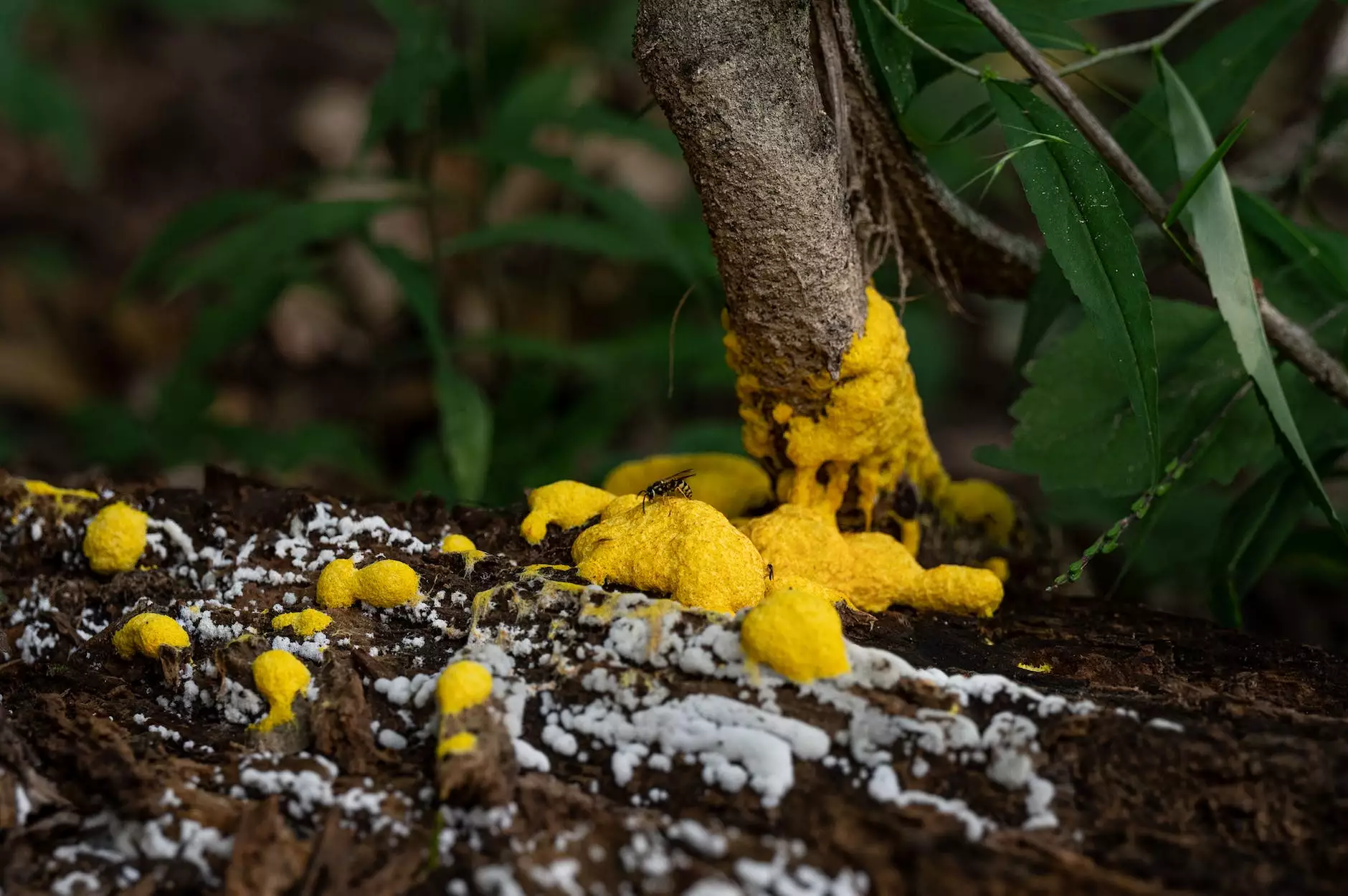Did the dog throw up in your mulch or is that just slime mold?
Gardening
Understanding the Phenomenon
As you stroll through your garden, you come across an odd sight – a slimy substance with a vibrant orange or yellowish hue covering your beloved mulch. Before jumping to conclusions, it's important to determine whether it's a result of your furry friend's unfortunate mishap or an intriguing natural occurrence known as slime mold.
What is Slime Mold?
Slime mold, also referred to as "dog vomit fungus," is a type of non-pathogenic fungus that often appears in mulched areas. It's not actually vomit from your dog; it's a fascinating organism that belongs to the kingdom Protista rather than Fungi. Slime molds typically form in wet or moist conditions with an abundance of organic material, making your mulch a perfect environment.
Distinguishing Features
To differentiate between actual vomit and slime mold, it's essential to examine its characteristics:
- Appearance: While dog vomit may have a chunky appearance and contain pieces of undigested food, slime mold resembles a slimy, gelatinous mass with a vibrant color that can vary from bright yellow to orange.
- Texture: Slime mold is typically wet and sticky to the touch, unlike dog vomit, which is often more solid and dried up.
- Growth Pattern: Slime mold tends to spread across the surface of the mulch in an irregular and amoeboid manner, whereas dog vomit would be more randomly scattered.
- Evolution: Slime mold undergoes fascinating transformations, eventually developing powdery spores instead of remaining in its slimy state.
Preventing and Managing Slime Mold
Although slime mold is harmless to humans, some garden enthusiasts prefer to keep their mulch free of this peculiar organism. Here are some preventive measures you can take:
1. Mulch & Soil Amendments
Choose mulch that is less conducive to slime mold growth, such as cedar mulch or gravel, which both provide a less favorable environment. Additionally, incorporating organic matter into the soil helps maintain its structure and reduces excess moisture, creating an unfavorable habitat for slime mold.
2. Adequate Drainage
Ensure proper drainage in your garden by using raised beds or creating trenches to prevent water accumulation that may promote slime mold formation.
3. Regular Mulch Inspection
Inspect your mulched areas frequently to identify potential slime mold growth early. By promptly removing and disposing of the affected mulch, you can restrict the spread of slime mold in your garden.
4. Mulch Replacement
If slime mold continuously appears in your mulch, consider replacing it entirely. This approach allows you to start fresh, minimizing the chances of recurring slime mold growth.
Conclusion
Next time you stumble upon a patch of slime-like substance in your beloved mulch, don't rush to blame your dog. Take a closer look and consider the possibility of it being the fascinating slime mold. Remember, slime mold may be bizarre, but it poses no harm to your garden or furry companions. Embrace the wonders of nature and enjoy the mesmerizing spectacle it offers!
For more insights and information on Arts & Entertainment, Visual Arts, and Design, visit Kimberly Ann's Designs Studio, your go-to source for everything artistic and captivating.




